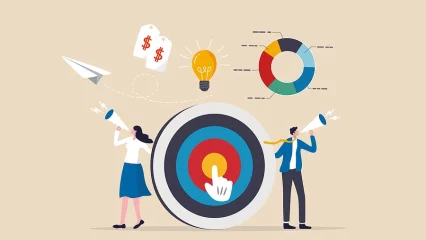If you want to understand why an MBA taught through the case method might be the right approach for your career progression, watch this webinar with IESE Business School. Join Paula Amorim, MiM and MBA admissions director at IESE, as she shares what makes the case method the school’s preferred style of teaching and how you can benefit from it.
IESE in a few words
Founded in 1958 in Barcelona, IESE is one of the oldest business schools in Europe. It has five campuses in New York, Barcelona, Madrid, Sao Paulo, and Munich. IESE’s Executive Education programs have been ranked the best in the world by the Financial Times from 2015 to 2020. They offer Master in Management, MBA, Executive MBA, Global EMBA and PhD programs, and a few more specialized programs for executives who prefer the part-time format.
What are IESE’s values?
Paula briefly explains the school’s main pillars and what you will gain from each one:
- People: People always come first. Human resources are any organization’s most valuable asset.
- Global mindset: Multicultural experiences make you more adaptable and help you thrive in unfamiliar situations.
- Positive impact: Every decision has consequences for others at work and beyond.
- Entrepreneurial spirit: Businesses and ideas flourish through creativity and learning from mistakes.
- General management: Having a broader view allows you to understand the impact of decisions.
What is the case method?
Learn about decision-making by solving cases. In Paula’s words, a case is a decision-making exercise. What this method does is expose students to real-life business problems from all sectors. You must put yourself in the shoes of people who were faced with difficult decisions and observe, analyze, form opinions, discuss, implement and conclude the case. You will have group discussions led by expert professors in the field.
How does the case method work?
80% of IESE’s content uses the case method. According to Paula, it is the best way to acquire decision-making skills and be able to apply them later in your professional career. She goes into detail about the three main steps in this learning process:
- Individual preparation: This is where you do your own research. You read the case, build your opinions and set recommendations after a thorough analysis.
- Meet in teams: Next, you meet in small groups before class to discuss the case, compare opinions and maybe change the direction of your perspective.
- Class discussion: Finally, you discuss the case in class. Professors guide the discussion, asking questions to enrich the conversation with contrasting viewpoints from different industry experiences and cultural backgrounds.
What does the MBA program have to offer?
IESE’s MBA program offers a truly global experience. You will pursue a curriculum with integrated global content and get the chance to experience how business is conducted across five continents. You will also become part of an international community and have the support of faculty members.
In 24 core courses, you will learn the essentials in Finance, Marketing, Operations, Leadership, Self-Management, and Strategy among other. Then you can decide if you want to do a 15 or 19-month program. With the 15-month program you have two terms of electives and after the summer, two more with the choice of doing overseas modules or international exchange. With the 19-month program, you can do a summer internship anywhere in the world or entrepreneurial experience on campus. In the second year, you can study electives abroad for two weeks in either New York, Sao Paulo, Shanghai, or Nairobi. With the international program, you can spend a term in one of 30 partner schools around the world.
To find out more about how IESE will help guide you along your MBA journey and beyond, watch the full webinar. Don’t miss the Q&A at the end to hear Paula answer questions about English test requirements, EMBA and Global EMBA differences as well as information about scholarships and applications.


